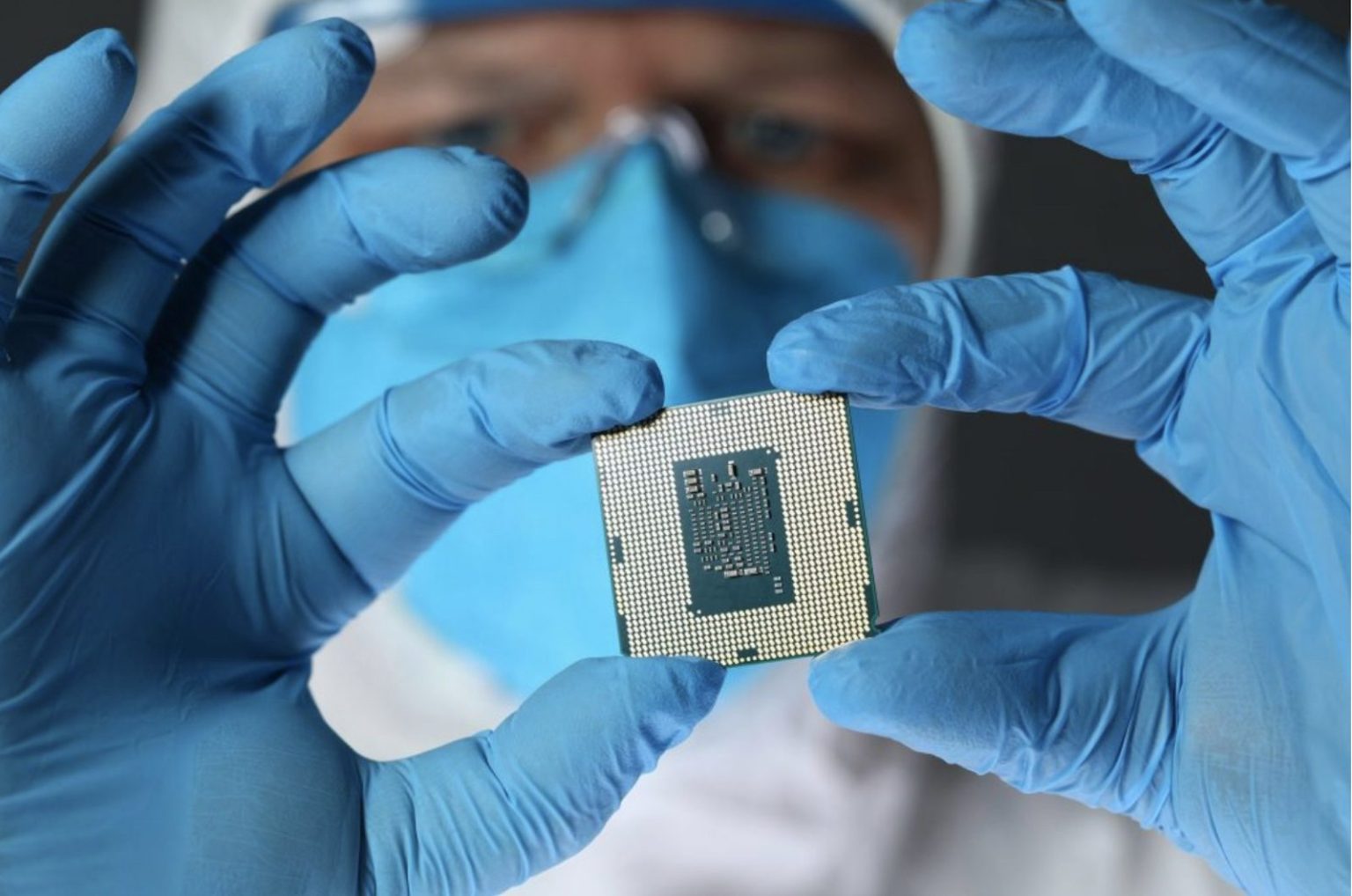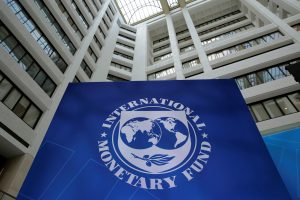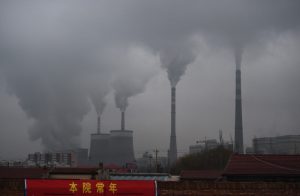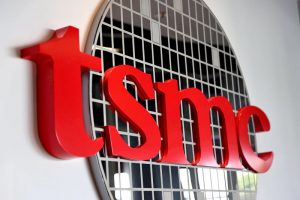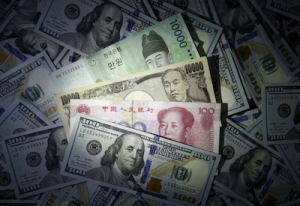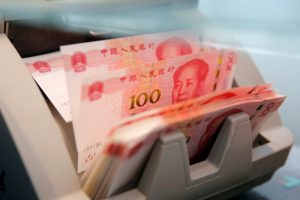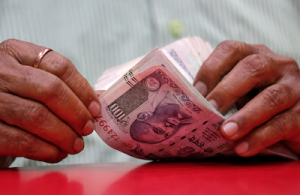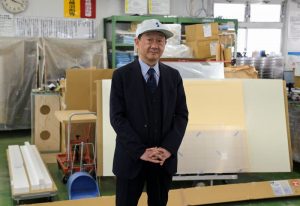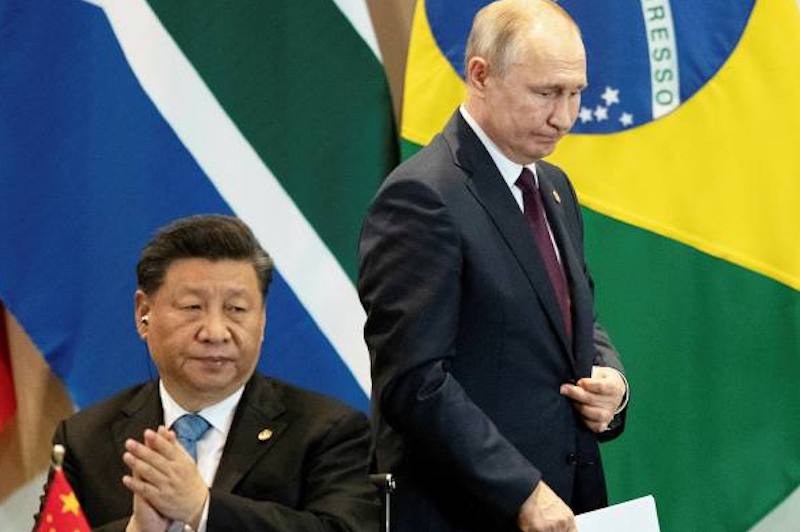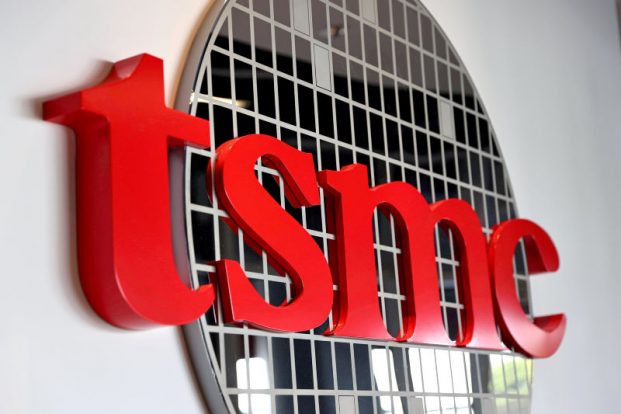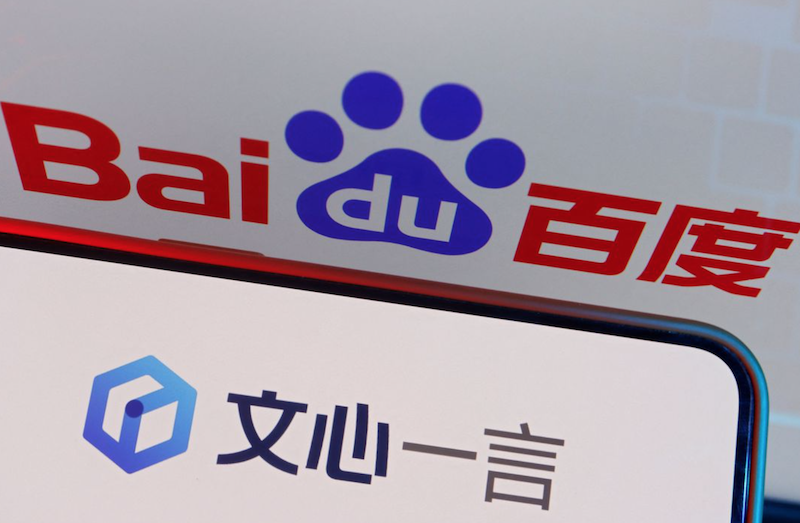(ATF) After developing nuclear bombs, satellites and a space programme, China has now set its sight on the third generation semiconductor industry. With US sanctions imposed on telecom giants Huawei, ZTE and their suppliers, due to security concerns, China plans to invest vast sums to catch up with technology firms in the west.
Though other Chinese telecom firms are relatively unaffected by US sanctions the threat of sanctions remain as the Sino-US trade war continues. The technology gap between China and the US and EU is around 5 to 10 years of development.
Developing advanced microchips, software and applications has become an issue of national insecurity, which, in the current chauvinist atmosphere, and China wanting to enter a ‘new era’ of high-tech under President Xi Jinping, a kind of social hysteria to build the latest technologies from scratch has taken hold.
Some 9.5 trillion yuan (about $1.4 trillion) will be spent on this campaign, but all Chinese sources claim ‘Western media’ are the source of this widely quoted figure, so the actual amount to be spent is unclear. But given it will be both government and enterprises spending under a blanket of national security, the real figure will likely never emerge.
Li Shushen, an academic at the Chinese Academy of Sciences, and Luo Junwei, a semiconductor researcher and laboratory deputy director at the Academy, have done in-depth investigations for 10 months and summarised China’s situation in a report with actual data and a large amount of information noting where the difficulties lie.
Semiconductors – always changing
The report pointed out that “if you compare the difficulty of research and development on semiconductors with developing bombs and satellites, you did not realize that the update speed (of semiconductor technology) is not at the same order of magnitude. In layman’s terms, after creating nuclear bombs and satelites we can use this technology for many years; but even if the latest chip is developed, the number of transistors on the chip will double in 18 months. To use a simple example, it is like the speed of changing a mobile phone and the update speed of the mobile phone system, which are all closely related. In order to achieve this change, China plans to invest a lot of funds and resources.”
Zhao Zhanxiang, managing director and head of the semiconductor group at Yunxiu Capital, summed up investment in China’s semiconductor industry in the first half of 2020, compared to Russia’s development of Katusha rockets in WW2. “People are always accustomed to owing the ultimate victory of the Soviet army to belief and human tactics, but the most direct decision on the success or failure of the Soviet-German war was the scientific and technological force. Today, the epidemic has intensified the smog of Sino-US trade frictions and technological wars. What we semiconductor entrepreneurs and investors can do is to do our best to produce more ‘Katyusha’ to support the frontline,” Zhao said.
Zhao predicts investment in semiconductor industries will triple in 2020. “In the first half of this year, the epidemic exacerbated the ‘capital winter’ – the total amount of funds raised in the primary market fell 29.5% year-on-year, while total investment fell 21.5% year-on-year, and the investment cases fell 32.7% year-on-year. At the same time, the semiconductor field has risen against the trend. In the first seven months of this year, the amount of equity investment in the semiconductor field exceeded RMB 60 billion, which was twice the total amount of last year; it is expected to exceed RMB 100 billion by the end of the year, which is three times the total amount of last year.”
No facilities
Meanwhile, Huawei, the Chinese government and academia are also putting the field at the forefront of their plans. Huawei has been pioneering in China in the field of chip design for more than 10 years. But in the heavy assets such as chip manufacturing, Huawei has no facilities available after September 15, as its flagship chip cannot be produced by suppliers without incurring the wrath of the US.
Of course, as emphasized by Huawei, Chinese companies, especially chip companies, cannot pin their hopes on the United States to ease sanctions. Huawei is promoting “Self-strengthening to achieve real results.“
In 2019, China’s chip self-sufficiency rate was only about 30% – lower-grade chips used in less sophisticated devices. According to the national development plan, China is expected to increase its chip self-sufficiency rate to 70% by 2025, which is almost the average level of current chip-making countries such as the United States.
As a large and complex industry, the chip industry has a long industrial chain. The whole can be divided into four major links: design, manufacturing, packaging and testing. In addition to the design field, Huawei HiSilicon has certain breakthrough capability. In the other three areas, notably manufacturing, the capability of domestic manufacturers still has great room for improvement.
‘No one can extinguish the stars in the sky’
At the 2020 Huawei Developer Conference held before the ban took effect, Huawei conveyed its determination and will to work hard.
Huawei says it is still ranked first in global market share of smartphones, plus first in the global market share of wearable devices, and second in the world for “smart” watches. Notebook computers have achieved more than 100% growth, headsets and other products have achieved more than 100%, or even 200% rapid growth.
The founder of Huawei Ren Zhengfei, a former PLA officer, said: “We could not imagine the difficulties, but it is also one of the biggest opportunistic periods. Unprecedented difficulties, [so] it is perhaps the best opportunity to hone businesses.”
Huawei’s future is still unknown. But the chip industry is far more than Huawei.
With China’s growing militarism and ideological campaigns on the home front, it is hard to say whether China will innovate its way out of the crisis, but it is unlikely to admit defeat.




